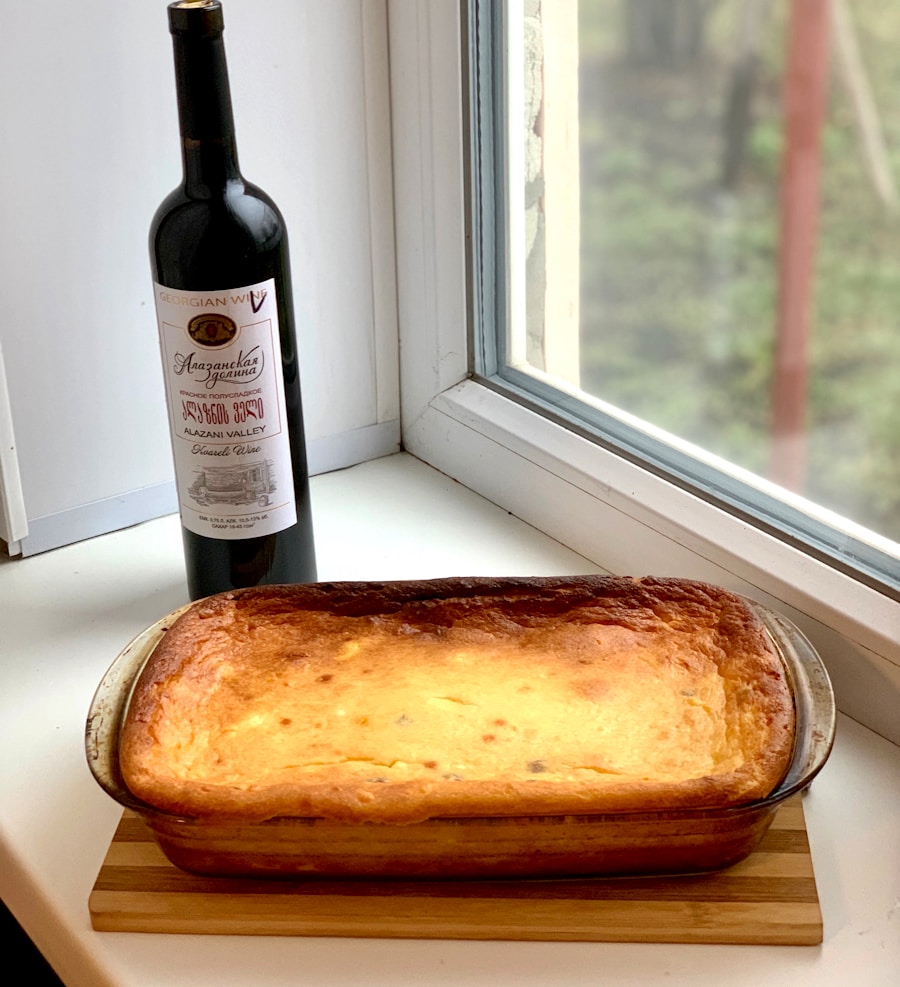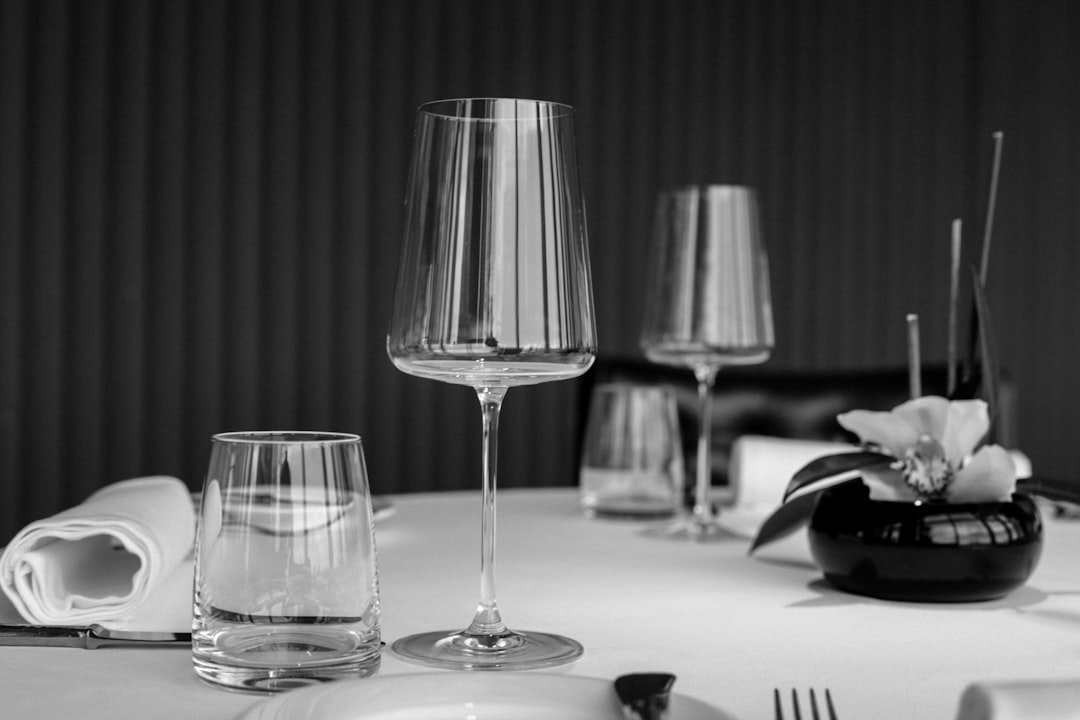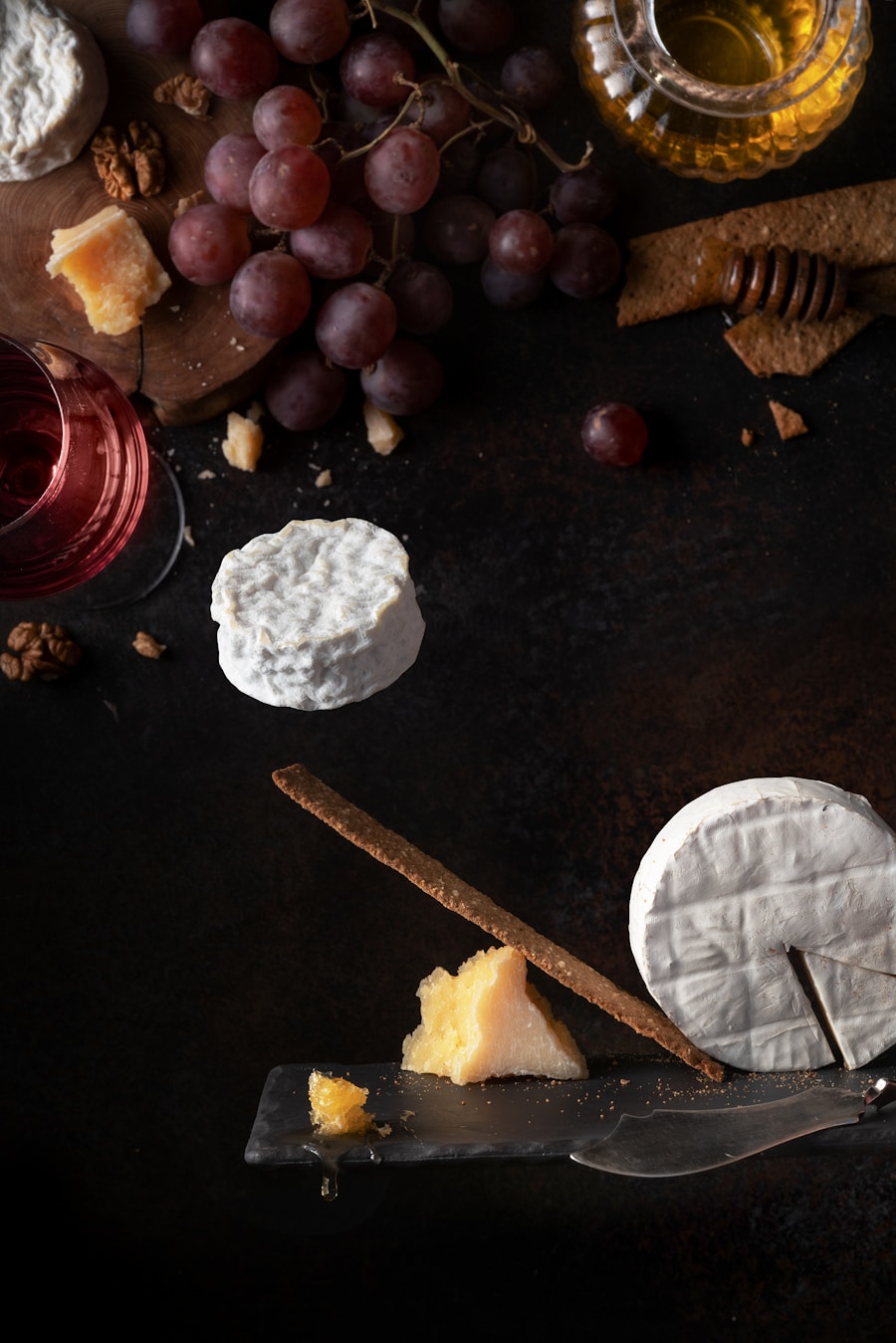The pairing of butter, bread, and wine is a culinary art that transcends mere sustenance, transforming simple ingredients into a symphony of flavors. At its core, this art form hinges on the interplay between the creamy richness of butter, the diverse textures and flavors of bread, and the complex profiles of various wines. Each component contributes its unique characteristics, creating a harmonious balance that can elevate a meal from ordinary to extraordinary.
The key to mastering this pairing lies in understanding how these elements interact with one another, allowing for a delightful exploration of taste. When considering the pairing of butter and bread with wine, one must first appreciate the role of each ingredient. Butter, with its velvety texture and rich flavor, can enhance the mouthfeel of both bread and wine.
Bread serves as a canvas, offering a range of flavors from nutty to sweet, depending on its type and preparation. Wine, on the other hand, introduces acidity, tannins, and fruitiness that can either complement or contrast with the other components. The art of pairing involves not only selecting the right combinations but also understanding how to balance these elements to create a cohesive dining experience.
Key Takeaways
- Butter and bread wine pairing is an art that involves matching the flavors and textures of different types of butter and bread with the right wine.
- Butter is a versatile ingredient that can be paired with a wide range of wines, from light and crisp whites to full-bodied reds.
- There are different types of bread wines, including Chardonnay, Sauvignon Blanc, Pinot Noir, and Cabernet Sauvignon, each offering unique flavors and characteristics.
- Pairing butter and bread with wine can enhance the flavors of both the food and the wine, creating a more enjoyable culinary experience.
- Tips for creating the perfect butter and bread wine pairing include considering the intensity of flavors, textures, and aromas, as well as experimenting with different combinations to find the best match.
The Versatility of Butter in Wine Pairings
Butter is an incredibly versatile ingredient that can adapt to various culinary contexts, making it an ideal companion for wine pairings. Its ability to enhance flavors while providing a luxurious mouthfeel allows it to bridge the gap between different food components. For instance, when paired with a crisp white wine like Sauvignon Blanc, butter can soften the acidity and highlight the wine’s fruity notes.
This interaction creates a delightful contrast that enhances both the wine and the dish being served. Moreover, butter can be used in various forms—whether it’s unsalted, salted, or infused with herbs and spices—each variation brings its own unique flavor profile to the table. Salted butter can amplify the sweetness in certain wines, while herb-infused butter can introduce aromatic complexities that elevate the overall experience.
The versatility of butter allows for endless possibilities in pairing with different types of wines, making it an essential element in any culinary repertoire.
Exploring the Different Types of Bread Wines
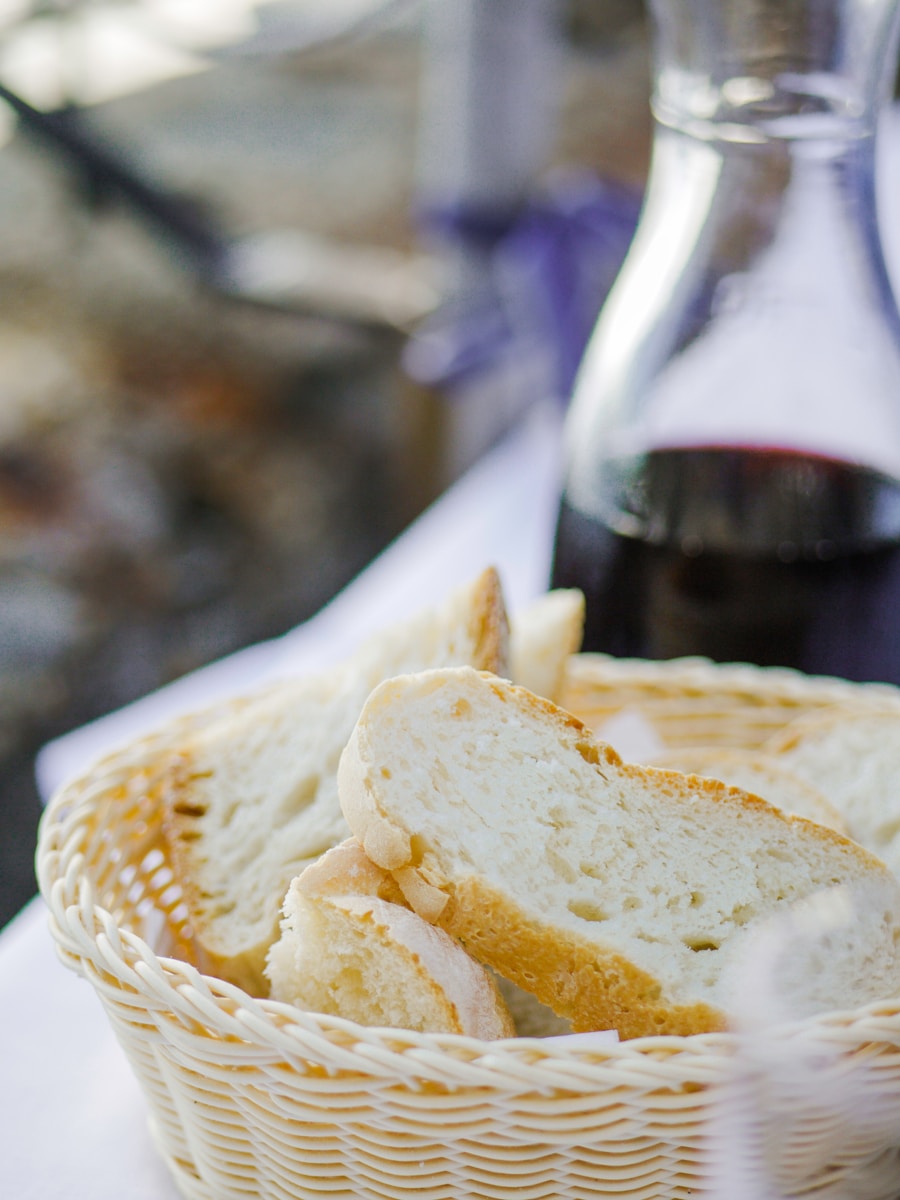
Bread wines are not a singular category but rather encompass a wide range of styles that can be paired with butter for an enhanced tasting experience. From crusty sourdough to delicate brioche, each type of bread offers distinct flavors and textures that can complement various wines. For example, a hearty whole grain bread with its nutty undertones pairs beautifully with a robust red wine like Cabernet Sauvignon.
The wine’s tannins interact with the bread’s earthy flavors, creating a satisfying combination. On the other hand, lighter breads such as baguettes or ciabatta can be paired with white wines or sparkling wines. The airy texture of these breads allows for a refreshing contrast when enjoyed with a crisp Chardonnay or a bubbly Prosecco.
Additionally, sweet breads like challah or brioche can be paired with dessert wines such as Sauternes or late-harvest Rieslings. The sweetness of the bread harmonizes with the rich fruitiness of these wines, creating a decadent pairing that is perfect for special occasions.
Enhancing the Flavors with Butter and Bread Wine Pairings
| Wine Type | Butter Flavor Intensity | Bread Flavor Intensity | Overall Pairing Rating |
|---|---|---|---|
| Chardonnay | High | Medium | 9/10 |
| Sauvignon Blanc | Low | High | 8/10 |
| Pinot Noir | Medium | Low | 7/10 |
| Merlot | Medium | Medium | 8/10 |
The combination of butter, bread, and wine has the potential to enhance flavors in ways that are both surprising and delightful. When butter is spread on warm bread, it melts into the crevices, creating a rich base that can absorb the nuances of accompanying wines. This interaction allows for a more profound tasting experience as each bite reveals new layers of flavor.
For instance, pairing warm garlic butter spread on toasted sourdough with a glass of Pinot Noir can create an explosion of savory and fruity notes that dance on the palate. Furthermore, incorporating flavored butters—such as truffle butter or herb-infused varieties—can elevate the pairing even further. These butters introduce additional dimensions that can either complement or contrast with the chosen wine.
A truffle butter spread on crusty bread paired with an earthy red wine like Merlot can create an indulgent experience that highlights both the richness of the butter and the depth of the wine. This synergy between butter, bread, and wine not only enhances individual flavors but also creates a cohesive tasting journey.
Tips for Creating the Perfect Butter and Bread Wine Pairing
Creating the perfect butter and bread wine pairing requires careful consideration of flavor profiles and textures. One essential tip is to match the intensity of each component. For example, if you are using a bold red wine, opt for heartier breads and richer butters to ensure that none of the flavors overpower one another.
Conversely, when working with delicate white wines or sparkling options, lighter breads and subtle butters will allow for a more balanced experience. Another important aspect is temperature; serving bread warm enhances its aroma and flavor while allowing butter to melt beautifully into its surface. Additionally, consider experimenting with different types of butters—such as compound butters infused with herbs or spices—to add complexity to your pairings.
Finally, don’t shy away from contrasting flavors; sometimes unexpected combinations can lead to delightful discoveries that surprise your palate.
The Science Behind Butter and Bread Wine Pairings
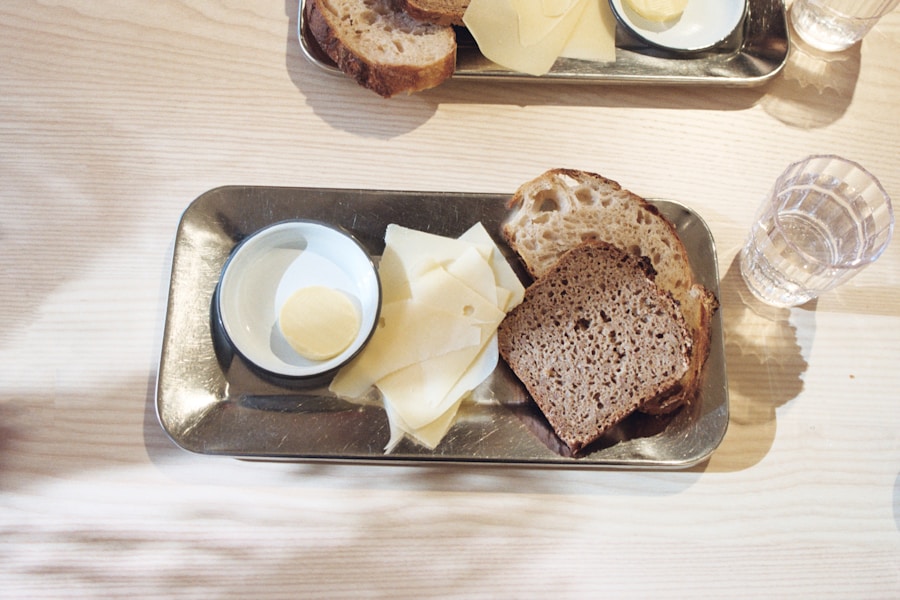
The science behind why certain combinations of butter, bread, and wine work so well together lies in their chemical compositions and how they interact on the palate. Fats in butter play a crucial role in flavor perception; they coat the taste buds and enhance our ability to detect certain flavors in wine. This fat content can soften tannins in red wines, making them feel smoother and more approachable when paired with rich butters.
Moreover, the Maillard reaction—responsible for browning during cooking—creates complex flavors in toasted bread that can interact beautifully with wine. The caramelization of sugars during this process adds depth to both the bread and its accompanying wine. Understanding these scientific principles allows chefs and home cooks alike to make informed decisions when crafting their pairings, ultimately leading to more enjoyable dining experiences.
The History and Tradition of Butter and Bread Wine Pairings
The tradition of pairing butter, bread, and wine dates back centuries and is deeply rooted in various cultures around the world. In many European countries, particularly France and Italy, bread has long been considered an essential staple at mealtime. The practice of serving bread alongside wine is not merely functional; it reflects cultural values surrounding hospitality and communal dining.
Historically, butter has also played a significant role in culinary traditions. In regions where dairy farming was prevalent, such as Scandinavia and parts of France, butter became a symbol of richness and indulgence. The combination of these elements—bread as sustenance, butter as luxury, and wine as celebration—has evolved into a cherished practice that continues to thrive today.
This rich history adds depth to every pairing, reminding us that food is not just about nourishment but also about connection and tradition.
Elevating Your Culinary Experience with Butter and Bread Wine Pairings
Incorporating butter and bread wine pairings into your culinary repertoire can significantly elevate your dining experiences. Whether you are hosting an intimate dinner party or enjoying a quiet evening at home, these pairings offer an opportunity to explore new flavors while indulging in timeless traditions. By thoughtfully selecting your ingredients—considering factors such as regional pairings or seasonal availability—you can create memorable moments centered around food.
Moreover, experimenting with different combinations allows for personal expression in your culinary journey. As you become more familiar with how various butters interact with different types of bread and wine, you will develop your own preferences and signature pairings that reflect your unique taste. This exploration not only enhances your appreciation for food but also fosters creativity in the kitchen, encouraging you to push boundaries and discover new culinary horizons.
In conclusion, mastering the art of pairing butter, bread, and wine is an enriching endeavor that invites exploration and creativity in every bite. By understanding the nuances of each component and their interactions, you can create unforgettable dining experiences that celebrate flavor, tradition, and connection through food.
